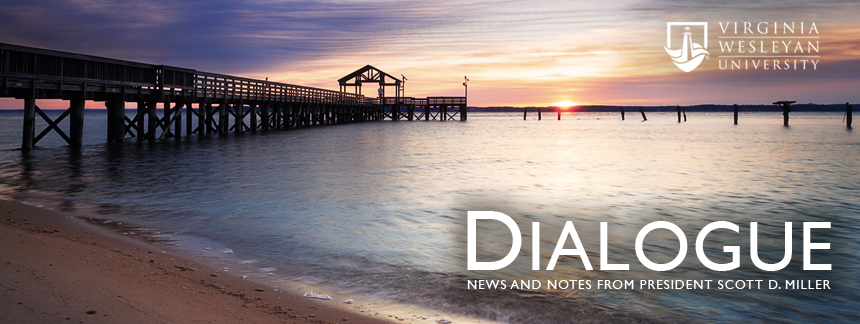Former Speaker of the House Tip O’Neill had it right: all politics is local. It follows, then, that successful public relations start at home, right on campus.
That axiom is perhaps obvious in theory, but with most college CEOs spending more than two-thirds of their time on the road, it is extremely difficult to execute. Presidents are increasingly tugged in many different directions by external stakeholders, and if anything, the challenge is becoming greater as all institutions compete for a larger slice of a shrinking pie. When we are away, it is far too easy for faculty and staff to view an absent president as an unproductive leader and when on campus, for CEOs to hole up in their offices, compounding the perception.
In our last article, “The Successful President: A Seamless Transition,” (December 2008), we emphasized the need for presidents, especially new CEOs, to learn and benefit from institutional history, to foster visible relationships with former and current campus leaders and to cultivate internal audiences. The latter may seem impossible when a new president is continually in transit, but it is absolutely vital that campus CEOs learn to be visible, responsive and proactive when on campus, making every second count.
Dr. James L. Fisher, president-emeritus of the Council for the Advancement and Support of Education (C.A.S.E.) and noted scholar on the board and college presidency, states, “From the presidential platform, the college or university president has the ability to mold public opinion, influence key internal and external constituents, and place the institution as a key to the improvement of society.”
We offer three specific recommendations:
- Manage internal issues before they become external issues.
- Manage your time.
- Manage your identity.
The value of an engaged on-campus community cannot be overstated. As some CEOs have learned to their lasting regret, small, internal issues have a way of ballooning into huge, external crises when not effectively managed. The fall-out can ruin a promising presidency.
Be seen. Be visible on campus. In their eagerness to promote their colleges, new presidents may miss critical opportunities for visibility on their own campus. “We never see him,” (or her) is a frequent refrain among staff below the Cabinet level at such institutions. At the other end of the spectrum is the new president who is quickly exhausted running hither and yon to every sporting event, every departmental get-together, each student organizational meeting. To reach a happy medium, a former mentor and college president coined the term, “tasteful fly-bys,” referring to his habit of attending as many on-campus events as humanly possible, but not staying for the entire activity. By being neither the first to arrive, nor the last to leave, you will be noticed and visible without burn-out.
Be focused and thoughtful in managing your own identity. In their haste to make their mark off-campus, too many presidents attempt to brand their institution externally before establishing their own personal “brand” internally. For better or worse, presidents are the institution off campus. Donors, media and other opinion-leaders gain their chief impression of the institution from its president. It’s vital, therefore, that you know who you are and how you want to be perceived on campus before becoming overly visible to external stakeholders. Internal and external identities should be complementary and consistent if your leadership is to be perceived as authentic.
Biographers of both President Barack Obama and Secretary of State-designee Hillary Rodham Clinton, note their focus on strategic identity management when first elected to the U.S. Senate. Each spent considerable time deliberately determining how they wanted to present themselves to Senate colleagues, i.e., “as a show horse?” or “as a workhorse” early in their first terms. New presidents would do well to emulate them in this respect.
# # #
Dr. Scott D. Miller is president of Bethany College in West Virginia. He is now in his 19th year as a college president.
Dr. Marylouise Fennell, RSM, a former president of Carlow University in Pittsburgh, PA, is senior counsel for the Council of Independent Colleges (CIC) and principal of Fennell Associates Higher Education Services. Both serve as consultants to college presidents and boards.
